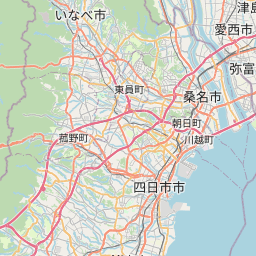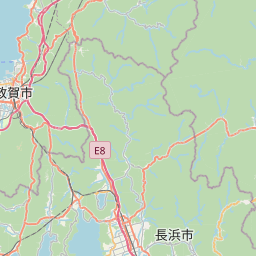目次~Table of Contents
Location and History
Nobunaga’s Foothold
Komakiyama Castle was located on an 86m high mountain called Komakiyama, on Nobi Plain in Owari Province, what is now the western part of Aichi Prefecture. The mountain had no castle until Nobunaga Oda built a castle on it in 1563. The reason for it was that he wanted to move his home base from Kiyosu Castle in now Nagoya City to this castle. He aimed to capture Inabayama Castle, what is now Gifu City, which the Saito Clan owned at that time. Komakiyama was much closer to Inabayama than Kiyosu. However, it was very rare for warlords and their retainers to move their home to another. They always continued to live in places where their ancestors had been.

Three Distinct Features
Komakiyama Castle by Nobunaga had three distinct features. First, the Main Enclosure or Honmaru on the top was surrounded by stone walls made using huge stones. Some of the stones were carried from another mountain. At that time, building stone walls for castles was rare, and there was likely no other case like Komakiyama. It was one of the earliest examples of using stone walls as a show of authority.

Secondly, the castle had two residences for the lord, one was on the mountain, the other was at the foot. Other warlords who had a mountain castle also often had two residences. They usually lived in the one on the foot and used the one on the mountain when a battle happened. However, in the case of Nobunaga, he seemed to live in his residence on the mountain. He might have considered the mountain as a special place. Another similar example can be seen in Gifu Castle, his next home base.

Lastly, the Main Route went straight from the foot to the mid-slope of the mountain like Azuchi Castle, his last home base. It was abnormal for other warlords to have such a route on the mountain, because it was not defensive. The reason is still unsure, but it must have depended on Nobunaga’s idea. In addition, its castle town was built in an advanced way in an area where nothing existed prior. The town was divided orderly to accommodate warriors, merchants, and craftsmen separately. Such a way to develop castle town is commonly seen in those in the next century.


Ieyasu’s Stronghold
The life of the castle by Nobunaga was just four years, as he was successful in capturing Inabayama Castle in 1567. He moved his home base again to Inabayama castle and renamed it Gifu Castle. Komakiyama Castle was abandoned right away. In 1584, the castle was reused by Ieyasu Tokugawa when he fought with the ruler Hideyoshi Toyotomi in the Battle of Komaki and Nagakute. Ieyasu reinforced earthen walls and dry moats surrounding the castle to establish a stronghold there against Hideyoshi at Inuyama Castle. This battle resulted in a dead heat and Ieyasu showed his great presence towards the founder of the Tokugawa Shogunate later.























「149.Komakiyama Castle Part1」への4件のフィードバック